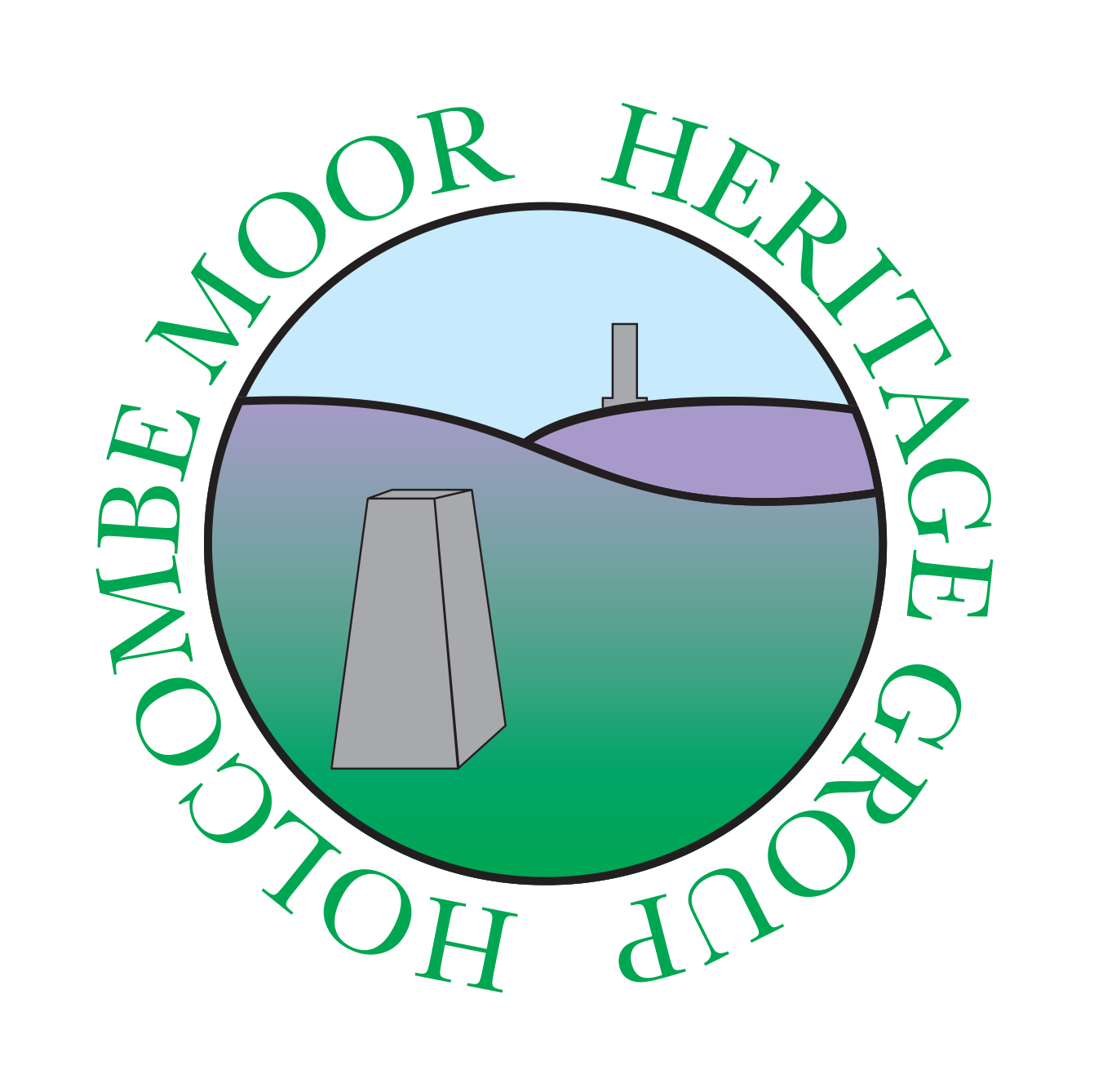

For further information on the background of the Tithes Project please see the Tithe Section under the project page. The mapping has been created by working through the 19th century tithe map and schedule and manually drawing each asset over the modern mapping and transcribing the schedule information into the asset database.
The tithe map is shown as a series of multicoloured shapes overlying the modern map (© OpenStreetMap contributors). Please note that the page may take a while to load, depending on your machine capabilities, due to the amount of data being loaded. If you are unable to load the tithe map on your device, please try the monochrome version. When viewing the maps you may notice slight discrepancies between the base map and the layers above. These “errors” are inevitable when dealing with old maps, especially when several portions of the tithe maps are damaged and unreadable. You may notice that several “assets” are missing from the map, but these are limited to buildings and some “water assets” that are unfortunately unreadable.
Further maps from the Tithe plans are planned to be added soon.
The map is zoomable using the +- keys at the top left of the map or by using the scroll wheel on a mouse. The opacity of the tithe map can be altered using the slider at the bottom left of the map then clicking the update button.
At the top right hand of the map is a small layer button which, when your mouse is over, opens up to show the complete list of “estates” on the map. Clicking the tick box next to individual “estates” will hide or reveal them on the map.
As the arrow moves over the map each asset will highlight in yellow. Clicking on the “asset” under the cursor will open up an information box with details about that “asset” including, the reference number in the schedule, the name of the estate, field name, state of cultivation, size in acres, roods and perches, landowner names and occupiers names. This box can be closed by pressing ESC, clicking the small “x” in the corner of the box or by clicking on the base map to the side of “assets”.
The field usage map is again shown as a series of multicoloured shapes showing field types : meadow, pasture, arable, woodland (plantations), corn, oats, wheat, potatoes and waste. You may notice as you switch layers on and off that some fields were of multi-usage.
There are two 3D maps available to view : a map showing Tottington Lower End with the field types and a map showing Tottington Lower End with the multicoloured tithe map.
These maps are zoomable by using the scroll wheel on a mouse or by holding down SHIFT, CTRL and ALT keys and pressing the UP and DOWN keys. The TILT of the map can be changed by holding down the LEFT mouse button and moving the mouse or by holding down SHIFT and using the UP and DOWN keys. To move the map hold down the RIGHT mouse button and move the mouse or use the ARROW keys on the keyboard.
It is possible to add an animation to the map by clicking on the point of the map that you wish to rotate around to place a pin. A box will open with the option to orbit around the pin. To stop the animation press ESC. The map is interactive etc while the map is rotating.
All maps will open in a new TAB in your browser.
Tottington Lower End Tithe Map
Tottington Lower End Tithe map showing field usage
An interactive 3D map showing the coloured tithe plan for Tottington Lower End overlying the openstreet map.
An interactive 3D map showing the field usage in Tottington Lower End
Low resource monochrome tithe map for low power devices.